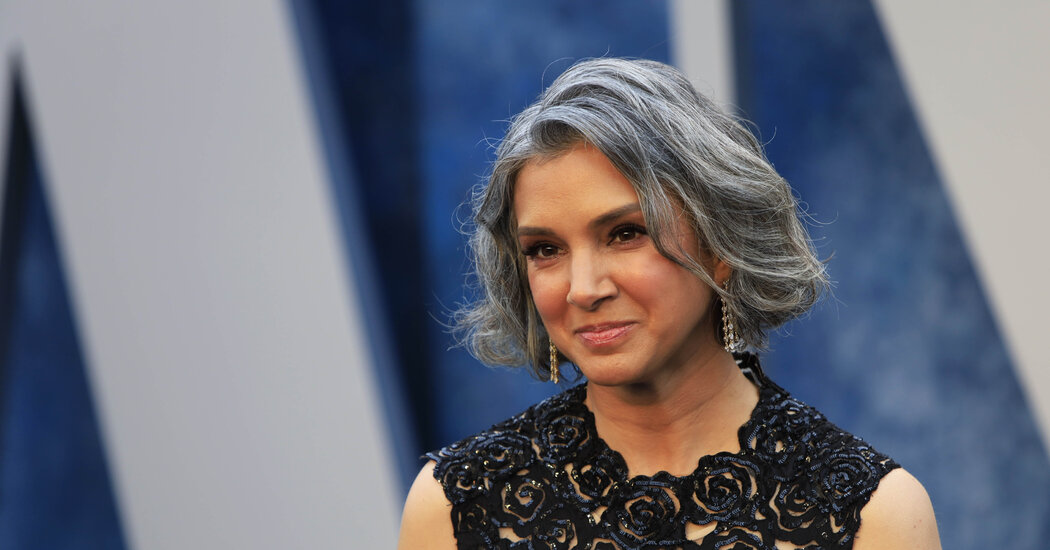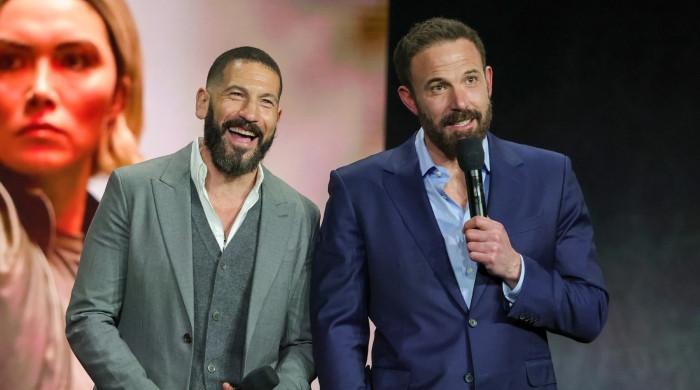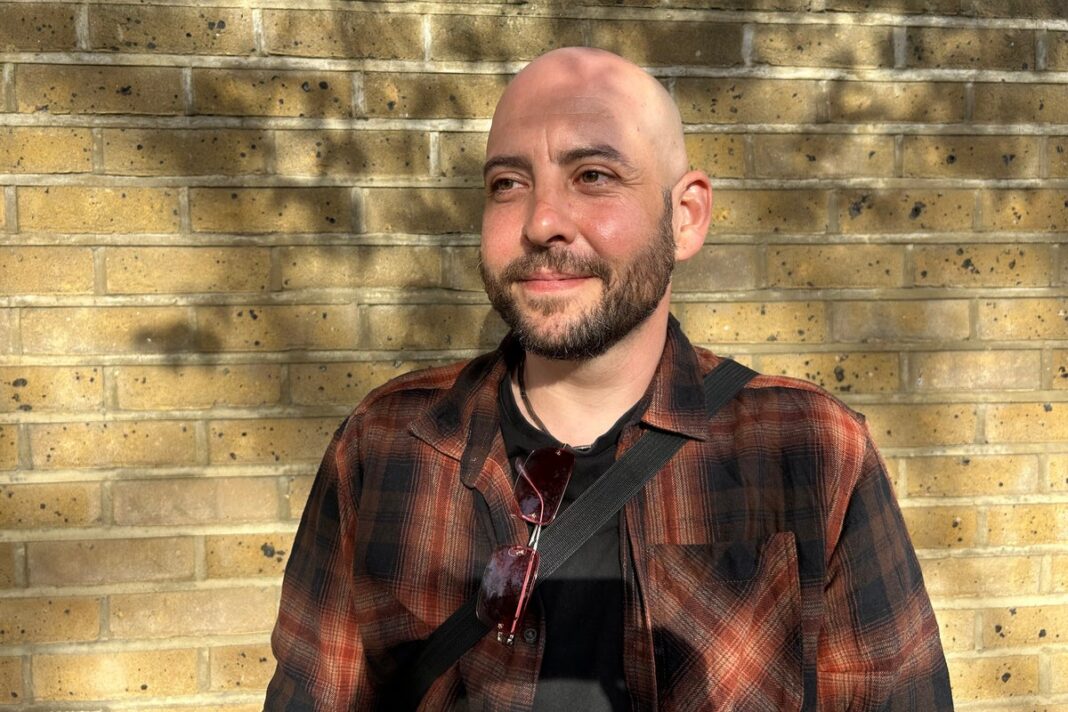Radhika Jones, the editor of Vanity Fair since 2017, said on Thursday that she would step down, a surprise decision that opens up one of the most highly visible jobs in American journalism.
Ms. Jones, 52, said in an email to Vanity Fair’s staff that she was leaving to take on new challenges, adding that she didn’t want to experience the “horror of staying too long at the party.”
“I began to feel, more powerfully, the pull of new goals in my life, around family and friends and writing and other ways to make an impact,” Ms. Jones wrote.
She addressed Vanity Fair’s staff in a short meeting at the magazine’s offices at One World Trade Center on Thursday, joined by Anna Wintour, the chief content officer at the magazine’s publisher, Condé Nast, who gave Ms. Jones an emotional farewell, according to a transcript of the gathering.
Ms. Jones said in her email that her last day would be in the spring. She did not comment on her future plans.
Ms. Wintour told staff at the meeting that Ms. Jones would help with the transition “as we start the search for a new editor.”
“We look forward to Vanity Fair’s exciting next chapter,” Ms. Wintour said. She added: “Radhika, we are so grateful for your high standards of journalism, your fearlessness and your empathetic leadership. You will be much missed.” David Remnick, the top editor of The New Yorker, another Condé Nast magazine, called Ms. Jones an editor of “incredible intelligence and grace” in an email.
“She brought enormous humanity to Vanity Fair and into every meeting of Condé Nast editors,” Mr. Remnick said. “I’ll miss her enormously.”
Ms. Jones is leaving one of journalism’s top jobs at a time of profound disruption in the magazine business. Though many magazines have been shuttered or sold over the last decades as advertising pages have shrunk, Vanity Fair has held on as a staple of Condé Nast, which also publishes Vogue.
The magazine’s paid circulation held steady at around 1.2 million from 2017 to 2025, according to figures from the Alliance for Audited Media, with growth in digital subscriptions offsetting a decline in print. Web traffic has declined 39 percent over the last four years, according to the digital analytics firm Comscore.
Ms. Jones started the job in December 2017, succeeding Graydon Carter, who retired that year after 25 years at the helm. A former editorial director of the books department at The New York Times and a former top editor at Time magazine, she was something of a surprise choice, picked over many of Mr. Carter’s top lieutenants.
Once her tenure as editor got underway, Ms. Jones had to compete with some of Vanity Fair’s best-known alumni. Mr. Carter launched Air Mail, a digital weekly, after he left, persuading some of his former writers and editors from Vanity Fair to join him. Jon Kelly, a former senior editor at Vanity Fair, launched Puck, a digital start-up that covers much of the same ground as the magazine.
Ms. Jones was the fifth editor of the modern incarnation of Vanity Fair, a Jazz Age relic that Condé Nast relaunched in 1983 and that became a definitional publication of late-century American excess, celebrity and materialism. Under the editor Tina Brown and later Mr. Carter, the magazine grew into a global brand that was epitomized by its annual Oscar party, where moguls and movie stars mingled over Michelin-starred canapés and an appearance was tantamount to joining the Hollywood elite.
Mr. Carter, who left the magazine when he sensed that the industry’s glory days were over, released a memoir last week chronicling his years of abundance at Vanity Fair. The tales of Concorde flights and limitless expense accounts only highlighted the diminished state of Condé in an era when social media influencers and digital upstarts have gutted the advertising base that once sustained its printed glossies.
Ms. Jones’s appointment also coincided with a cultural reckoning within Condé Nast. She lamented that Vanity Fair, which for years had the ability to mint new stars, had overwhelmingly featured white actors on its covers, and her debut issue featured Lena Waithe, the Black actress and screenwriter. Ms. Jones was applauded for her efforts to diversify the magazine’s stable of writers and celebrities, but she also faced pushback from some colleagues who believed that her editorial vision lacked focus and panache.
The appeal of the Oscar party itself became litigated in the Manhattan and Hollywood press. “When invitations went out this year, one of my big clients asked me, ‘Is Vanity Fair still a hot invite?,’ which tells you everything you need to know,” one publicist said in 2019. (The party remained a coveted ticket under Ms. Jones, generating record revenue this year, and still attracts a high-wattage tier of celebrity.)
Ms. Jones notched scoops (Beto O’Rourke’s presidential announcement in 2019) and commissioned an Amy Sherald painting of Breonna Taylor, a Black woman who was killed by police officers in Kentucky, that made waves when it appeared as the magazine’s cover in September 2020. Katherine Eban, a correspondent for Vanity Fair, won a Polk Award this year for her reporting on bird flu. But like other modern editors in chief, Ms. Jones was forced to contend with shrinking budgets, layoffs and emboldened story subjects who no longer rely on traditional magazines to reach the public.



